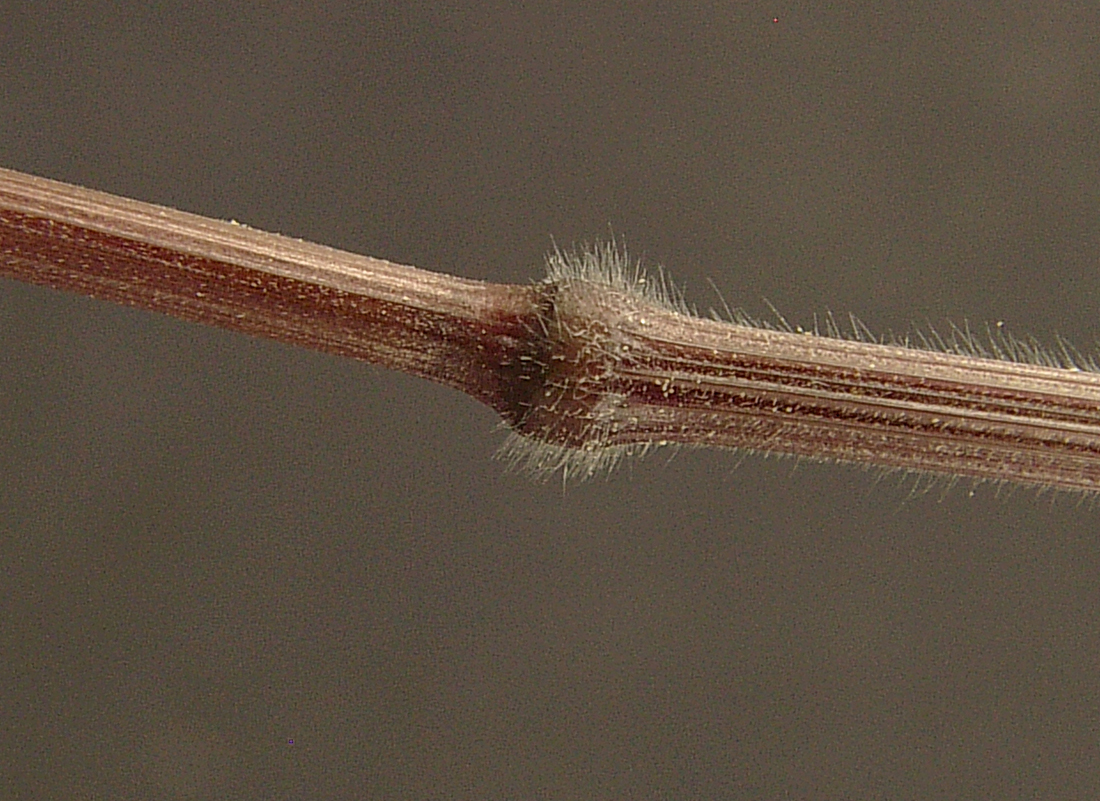Chess
- Grass (Poaceae family):
- Bromus secalinus L.
- EPPO code:
- BROSE
- Other names:
- Cheat, cheat grass
Species information
- Lifecycle:
- Annual or winter annual.
- Propagation:
- Reproduces by seed.
- Habitat:
- Occurs in fields and waste areas throughout agricultural areas in Ontario, but is most common on heavier textured soils.
- Competitiveness:
- Field studies in the United States have shown 28–48% yield loss when winter wheat was competing with a 25 plants/m2 average density of Bromus secalinus.
Identification clues
Leaves
- Auricles:
- None.
- Ligule:
- Membranous, prominent, 1–3 mm long, sometimes ragged at the top.
- Leaf blade:
- Either smooth or softly hairy on one or both surfaces.
- Leaf sheath:
- 1–3 mm long; lower leaf sheaths are smooth or hairy, with united margins nearly to the top, upper leaf sheaths are split with overlapping or separate margins.
Mature plant
- Stem:
- 1–4 stems from 1 root; smooth but finely hairy on the nodes; 30–90 cm in height.
- Seedheads:
- In stiff, nearly erect branches; spikelets have a firm, plump appearance, each with 5–15 florets; short awns, sometime absent; flowers from June to August.
Often mistaken for
I know it's not Downy brome because Chess is distinguished by its firm, plump spikelets, its smooth stems with finely hairy nodes, and the combination of lower leaf sheathes closed and upper leaf sheaths split with overlapping margins.





Updated: January 13, 2023
Published: January 13, 2023